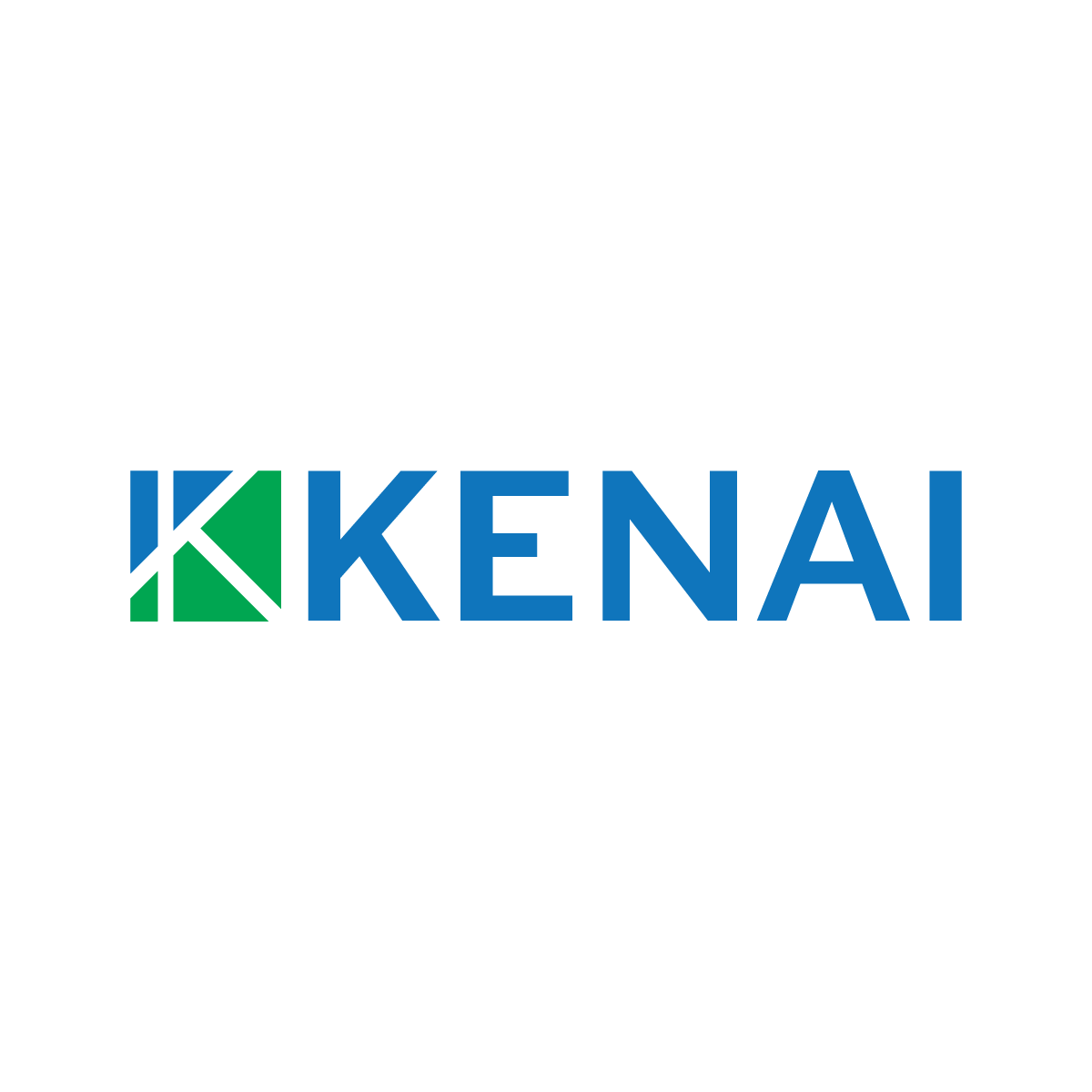It’s easy to get caught up in the belief that the more we spend (invest) in automation and tech the slicker our organisation will be. True in many cases. But it pays to keep an eye on ‘investments’. Do they continue to perform? Are they being used to their full advantage? Is there a better, smarter, more future-proofed alternative?
Tech costs and their evolving space
Worldwide, IT spending was projected to increase by 8.6% – to a total of US$5.05 trillion – from 2023 to 2024. Sobering stats. And while there’s no getting away from the need to constantly upgrade and improve the tech our organisations and staff use there’s also huge risk of duplication. Double-ups and waste are something we want to swerve.
To avoid budget overruns, chasing after shiny objects, and to protect your competitive edge cost management is where it’s at.
If you have them, your CIO/CEO or IT team need to keep a tight rein over both what systems are in place and how fully they are being used. Regularly monitor and evaluate, for example, your cloud storage, project management software, CRM platforms and other software licences.
Sometimes an upgrade to new tech might be your cost-saving solution. An older system – making subpar decisions today – could lead to technical debt hitting your organisation down the track.
Your biggest cost is always going to be staff. The human touch and nuanced decision-making of real people will be needed in organisations for a long time yet. It’s not about replacing your team but about increasing their capacity and streamlining their work tasks. Gathering their feedback on the tech they are using and whether it’s still fit for purpose, fully utilised, or has become clunky and obsolete means you stay pragmatic over idealistic.
Eight steps to establish how much your current tech’s costing you.
It’s important you can effectively measure what matters within your organisation. The following eight points provide an easy framework to review existing costs. Remember this won’t be a one-and-done exercise but a mindset which you embed into your business culture.
- Analyse your costs. Start with a deep dive into your current tech spend. Look at the efficiency (or inefficiency) of processes. Discover where can you cut costs or make improvements.
- Take an inventory. Take stock of all your technology including your hardware, software, AI, subscriptions and Cloud storage. Examine double-ups, wastage and excess systems. Like physical stock, you don’t want to overdo your tech inventory because that’s idle or wasted money, neither do you want to have holes. Do you understand your tech sweetspot and what it would take to get there?
- Review and roadmap objectives. Make sure your organisation has clear goals and objectives – with buy-in from the whole team. Decide what metrics you will use to measure and track progress with your stated goals. What will we achieve? By when?
- Plan and plot your spend. Understanding each tech initiative’s ongoing costs is key. They need to have clear benefits and timeframe commitments. Accuracy and details are crucial – along with clarity on potential cost blow-out risks. Make sure you build in a contingency buffer.
- Review the total cost. Each IT technology needs a cost analysis to clearly define: its upfront cost, operating costs, the need for ongoing server upgrades, and maintenance costs.
- Train your team. Team members need to understand and be able to use all aspects of tech your organisation has licences for. If you are only using a small percentage of a service because of a lack of skills or training gap that is an indirect cost and untapped potential.
- Offer plenty of opportunities for frontline feedback. Your team is the best resource for on-the-ground feedback which can influence tech cost savings and improved efficiency. Their experience of what is being under used, is clunky, or is unused is invaluable. How would they change things?
- Don’t get trapped by the sunk cost fallacy. If you’ve adopted a system or tech strategy, and the feedback you’re getting from the ground is it’s not working, avoid the temptation to dig your heels in. Aim to have an objective view so you can course correct sooner rather than later – saving you significant dollars in the long-run.
Creating tech savings in 7 steps
Managing costs is not just about cutting back on services but also improving the way we use them. This increased efficiency can result in an improved customer and team experience before we consider the benefit to your profit margin.
- Assess your software licences. When it comes to your SaaS costs are you paying for licences you don’t use? It’s easy to build up excess or unnecessary subscriptions over time. It’s also problematic if you have licences where you only use some of the features. Is the cost of licences exceeding their value?
- Check the payment plans. Often, software and SaaS companies will reward you for paying your subscription annually, so monthly costs can be more expensive across a year. But it’s also important to weigh this up against your cashflow needs and whether you need the solution for a full 12 months, or if you only need to plug a gap to deliver a short-term project.
- Don’t procrastinate or patch up. Are you deferring costs you will pay down the track? Using a less costly platform which doesn’t give you everything you need, or temporarily patching a lesser service which will eventually need replacement are risky decisions which will incur tech debt later. Investing in new tech now could result in cost savings and increased revenue for the future.
- Careful on the Cloud. Cloud costs increase around 20 - 30% Are you paying for unused storage? Maybe a change of pricing model could improve your ROI. Perhaps your Cloud package includes hidden costs for support you don’t use. Easy-access cost management controls are available through some vendors.
- Get curious about automating. Is automation available for services or processes you do manually? Fully automating software updates, infrastructure management, and server provisioning and configuration frees up staff time for other tasks that need the human touch.
- Build longevity into your existing tech. Do you really need to replace software or hardware? Can it be reconditioned, repurposed or upgraded? Extend the lifecycle of your IT with regular check-ins to see how all components perform. This way you can make a good judgment call on the maintain, repair or replace questions.
- Find flexible, modular and scalable solutions. Tech solutions that can reduce or grow with your needs and business fluctuations reduce the need for frequent overhauls.
Choose who’s going to champion the cause for cost efficiency.
The future will see us relying more and more heavily on the tech within our businesses. Having a handle on exactly what every aspect of your tech costs – and a deep understanding of its use, value and efficiency – matters more than ever.
Your team will be your first line of defence against cost waste. Good comms will help you detect and fix problem tech and identify where change is needed.
Whether you have an in-house CTO or you need to outsource this function, now’s a great time to swot your tech spend. If you think you’d benefit from an objective view, Target State can help.
Get in touch with us today to organize a chat!
































